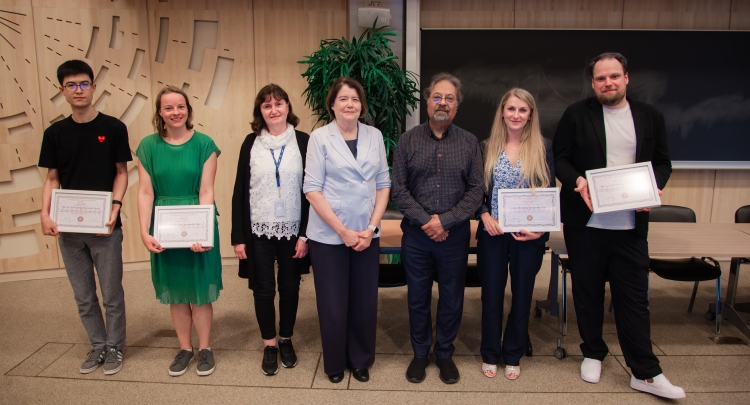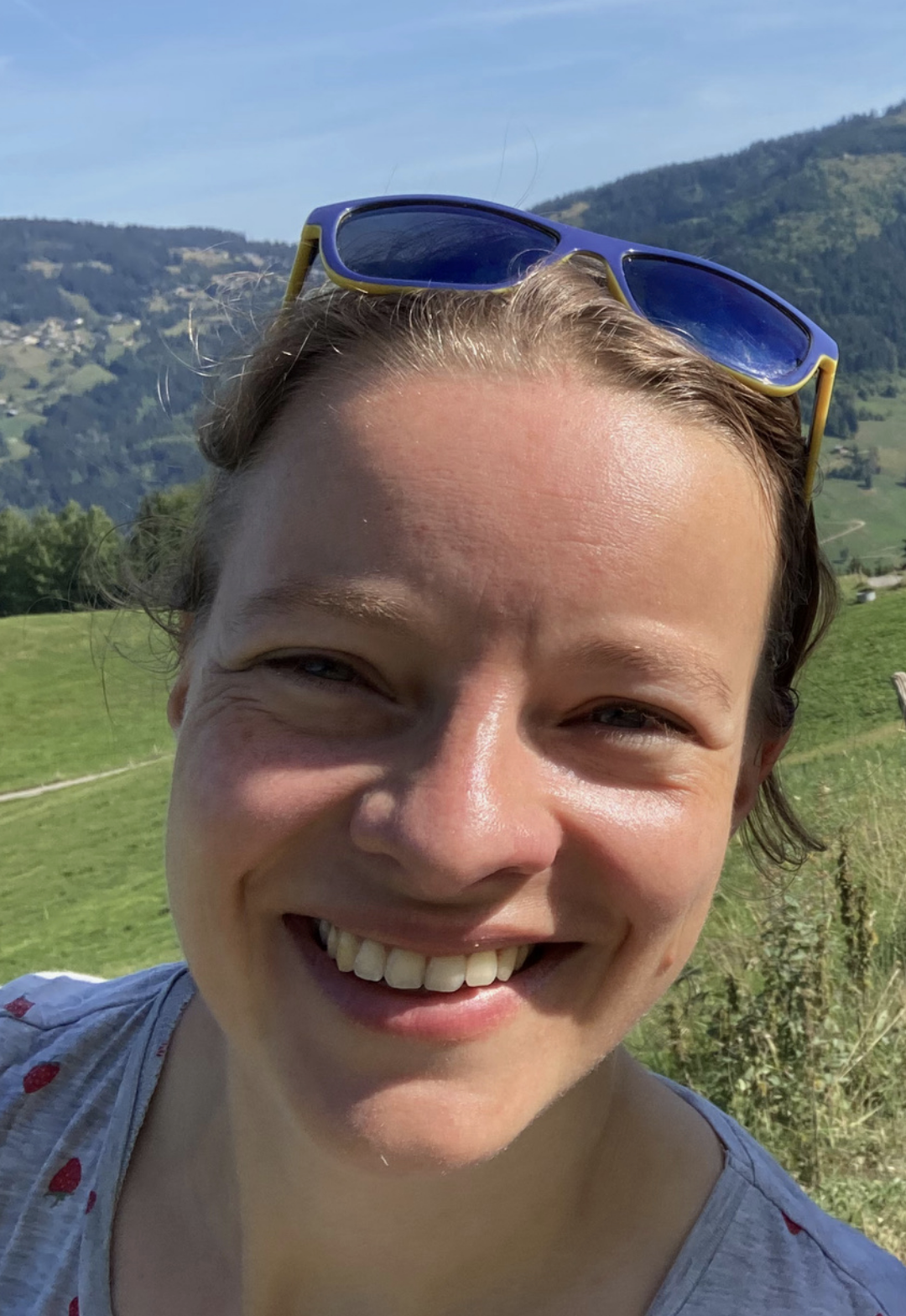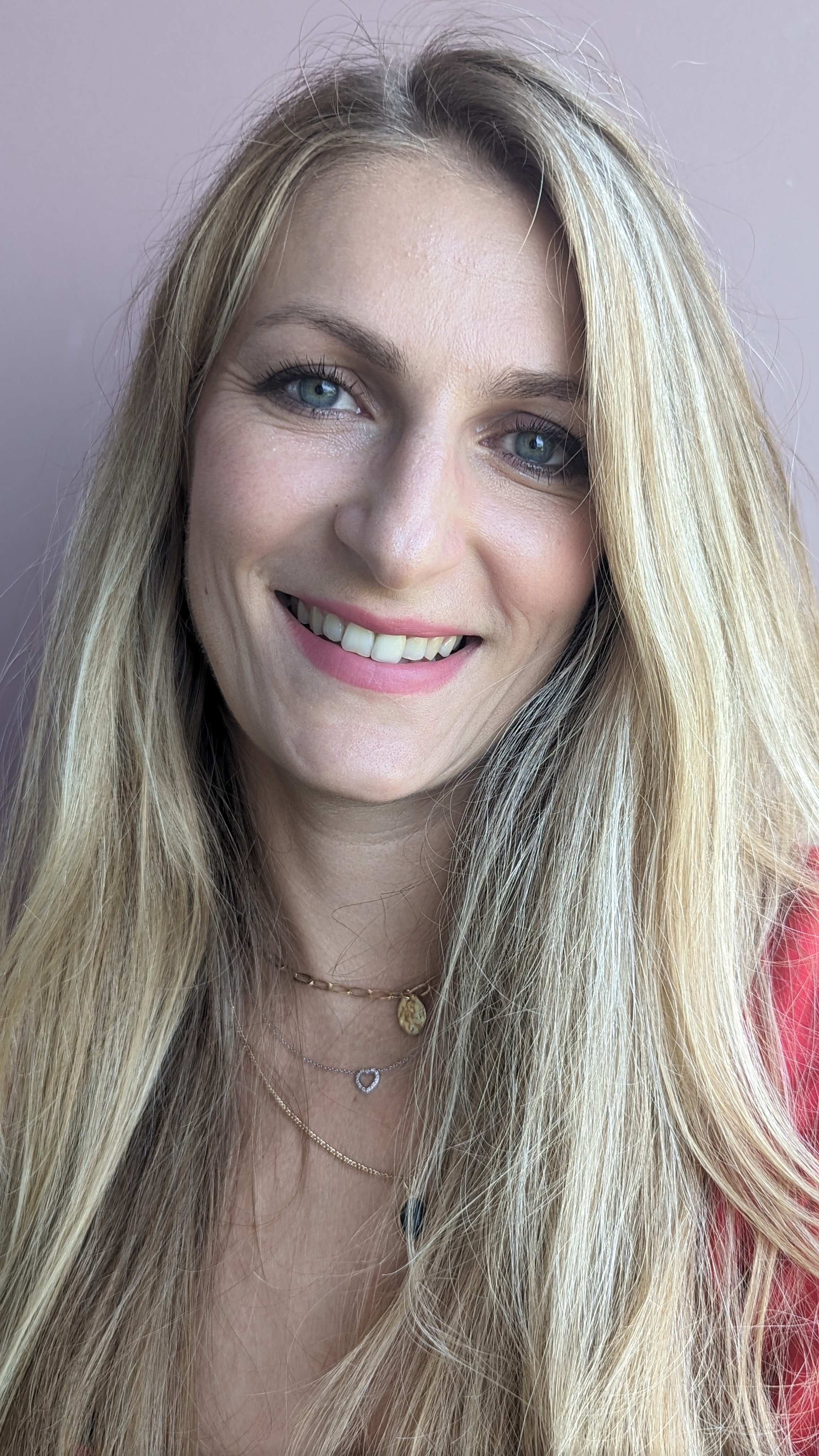
Every year, at least three young researchers within the CMS Collaboration are recognised for their exceptional efforts and achievements with the CMS Young Researcher Prize! It is not only an endorsement of their outstanding skills and dedication, but also serves to encourage other young researchers to excel in the field.
The award has been awarded every year since 2012, and each winner gets a cash reward and a memento for their contributions to CMS.
Very warm congratulations to all this year’s winners!

Adinda de Wit
For her crucial and sustained contributions to the analyses of the properties of the Higgs boson.
“My research focuses on understanding the properties of the 125 GeV Higgs boson, which was discovered in 2012. With the data that have been collected at the LHC so far, we’re able to make increasingly precise measurements of the couplings between the Higgs boson and other particles. In my work I have focused on studying the Higgs boson in its decay channel to two b quarks, searches for rare Higgs boson production and decay channels, and performing combined measurements taking into account as many of the accessible Higgs boson production and decay channels as possible. These combined measurements are a powerful way to test the predictions from the standard model. Deviations from those predictions could provide hints of physics beyond the standard model, so the goal of the measurements is to be as precise and comprehensive as possible.”

Benedikt Maier
For his crucial and sustained contributions to the search for new physics, including dark matter, using simplified models, development of machine learning in physics analyses and in computing and data management.
My research activities revolve around the mystery of dark matter, which we are absolutely sure exists, but for which the Standard Model cannot provide an explanation. From establishing benchmark models to be probed at the LHC, over developing machine learning algorithms that extract the information hiding in the collision fragments in innovative, original ways, to setting the World's best constraints on parameters describing dark matter production, I enjoy searching for the Unknown with my CMS colleagues. Along with such data-intensive physics comes the challenge of distributing and managing data files worth hundreds of Petabytes across a worldwide computing grid, to which I have made leading contributions over the past years.

Olena Karacheban
For her crucial and sustained contributions to the measurement of luminosity, the operation of the BRIL system and her role in steering its HL-LHC upgrade.
“Since 2015, when I started my Ph.D. at the Brandenburg University of Technology Cottbus-Senftenberg, I have been involved in various aspects of CMS luminosity measurements. I joined the Beam Radiation Instrumentation and Luminosity (BRIL) project, working on the BCM1F detector, which was diamond-based at the time. From 2017, as a CERN fellow and BRIL detector performance group convener for two years, I was involved in luminosity detectors' operations, calibration, and data analyses. With BRIL colleagues, LHC operators, and the support of CMS run coordination, we turned emittance scans into a regular tool for assessing detectors' linearity and stability. In 2020, I joined Rutgers University, where I was focused on multilepton analysis and searches for physics beyond the Standard Model. Driven by my passion to contribute to future precision luminosity measurements, I took on a BRIL Phase-2 upgrade coordination role. In this capacity, I am responsible for prototyping and constructing the dedicated luminometer for Phase 2 and the best utilization of other CMS sub-systems for luminosity measurement purposes.”
Huilin Qu
For his crucial and sustained contributions to the development of heavy-objects tagging algorithms exploiting advanced deep learning techniques, especially in the context of measuring H-> cc.
"The discovery of the Higgs boson marks a new era of particle physics. At the CMS experiment, I study the elusive properties of this newly uncovered particle, focusing on the charm quark Yukawa coupling and the Higgs boson self-interaction. One of the central challenges in these measurements is the efficient identification of the hadronic decay products of the Higgs boson. To tackle this challenge, I develop innovative deep-learning approaches that represent these hadronic jets as particle clouds and leverage, e.g., graph neural networks and Transformers, to boost the performance. In addition, I am actively involved in the upgrade of the CMS detector for HL-LHC, contributing to the development of reconstruction algorithms and system tests for the High Granularity Calorimeter."

